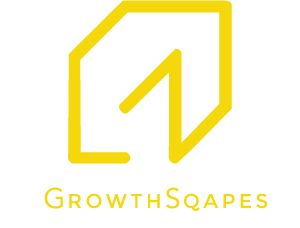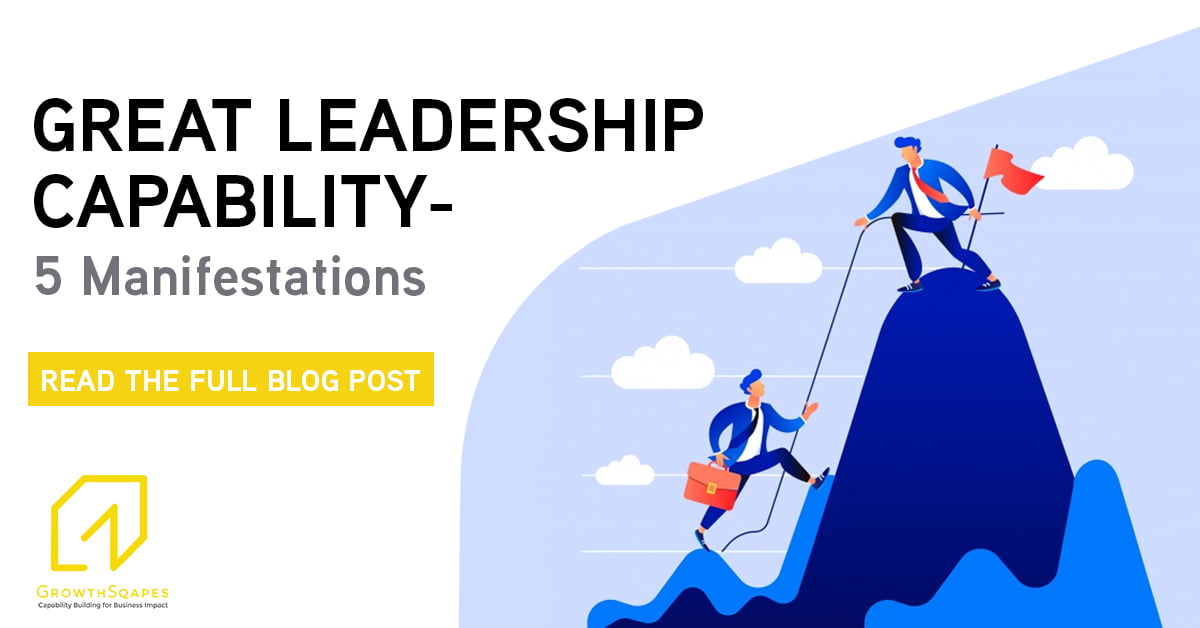Leadership in the most layman terms could be called the art of engaging people and motivating them to drive towards the attainment of the common business goal. Leaders play this most crucial role in any organization. They are the torchbearers of the organizational mission, vision, values, and business goals. Think of Steve Jobs and Tim Cook at Apple, Sheryl Sandberg at Facebook, Jack Ma at the Alibaba Group or Bill Gates at Microsoft. All these leaders have been at the forefront of the success journeys of the companies they led while also bringing about a business turnaround in troubled times.
Special mention – Vijay Sharma of PayTM India, who changed the way how every level of Indian society transacts financially. Such is the effect of a leader with great leadership capability that s/he can steer an organization towards success. So, what are some of the manifestations of great leadership capability?
Studies and researches world across establishing the following as industry and role agnostic capabilities and competencies that differentiate between great leaders and average leaders, as also, leading organizations and average organizations.
1. Collaboration & Teamwork: Unlike a boss who treats his/her people as subordinates, a leader treats his/her people as a team. This fosters a spirit of inclusion and sharing, thereby encouraging an environment of teamwork and collaboration. When people collaborate as a team, tasks are accomplished in a better, more efficient and timely manner. Apart from this, great leaders provide the environment to bring out the best of everyone by way of sharing ideas and best practices. The key to this is the belief system of the leader.
Remembering Hertzberg’s Theory X and Theory Y, effective leadership for total organizational effectiveness emanates from the on-ground application of Theory Y principles. These leaders are called ‘great’ because at the core of their heart they believe that people fundamentally want to work and deliver results. This generates a climate of positive and productive reciprocity in the teams led by them, thereby heightening the possibilities of business results achievement.
2. Innovation & Creativity: The open and collaborative environment promoted by a great leader ignites and encourages the spirit of innovation and creativity. People are encouraged to think out-of-the-box and innovation are encouraged. People are rewarded for coming up with creative ideas and solutions to problems. This lends the organization a competitive advantage to outperform competition and create a niche for itself.
An important component of capability building for leadership development is encouraging diverse and radical thoughts, opinions and suggestions. Great leaders are effective because their approaches are not tilted towards being either Left-brained or Right-brained. They freely welcome unconventional, unusual, never-tried-before approaches to problem-solving. A message goes out to the people that ‘being different is not judged here’. The effectiveness of leadership capability lies in its Whole-Brained Thinking and Application.
3. Increased Performance & Motivation: Great leaders inspire others to bring out their best and be self-motivated. This not only increases the motivation and enthusiasm levels but also the overall work output. Higher productivity positively impacts self-image and work satisfaction levels and in turn, leads to greater motivation and enthusiasm.
Thus, an incremental cycle is set in motion which leads to a win-win situation both for the organization and the individual. Individuals realize the value and power of being the source of origin for any activity. Being motivated is nothing but wanting to make a move without anybody telling you to do so. People in organizations with effective leadership experience so. This gets so much into the unconscious competence that the manifestation is so natural. People realize it in retrospect only when they are checked on this.
4. Greater Levels Of People Commitment: When people believe in their leader, they are motivated to work towards common business goals. This is a result of the increased commitment levels towards the organizational vision, mission, values, and goals. This increased commitment is a by-product of the psychological contract that is forged between them and the leader. Beyond the semantics, commitment is a behavioral characteristic of the organization at the individual and group level that prevents the organization from being stagnant.
Organizational stagnancy can thus be referred to as how primitive and non-relevant with time, individuals and groups become in the organization in the ways that they think and act. It is a committed leader that makes committed people. An important manifestation of commitment is constant renewal and, renewal in thinking is the antidote for organizational stagnation.
5. Lower Absenteeism & Turnover: In an organization where there is a warm welcome extended to radical and diverse opinions and ideas; where it is celebrated to be unconventional; where the climate is such that one is enthused and excited to reach the workplace.
Has an enjoyable identity at the workplace and can also claim to have friends and relationships there – is an organization where chronic absenteeism is bound to below. This is a place where people come to experience positive emotional energies. A climate created by the leader through his/her managerial style. A Harvard University research by Litwin and Stringer shows a high degree of correlation between organizational climate and business turnover.
The above are the five manifestations of great leadership capabilities in an organization. Clearly, there is no hierarchy of significance within these manifestations. All of these comprehensively constitute leadership capabilities that differentiate between great leaders and average leaders, as also, leading organizations and average organizations.
GrowthSqapes offers a structured approach of inculcating the above capabilities at various leadership levels through a range of organization development and leadership development interventions.
This blog has been written by Namita Singh, Consultant & Project Manager at GrowthSqapes.

